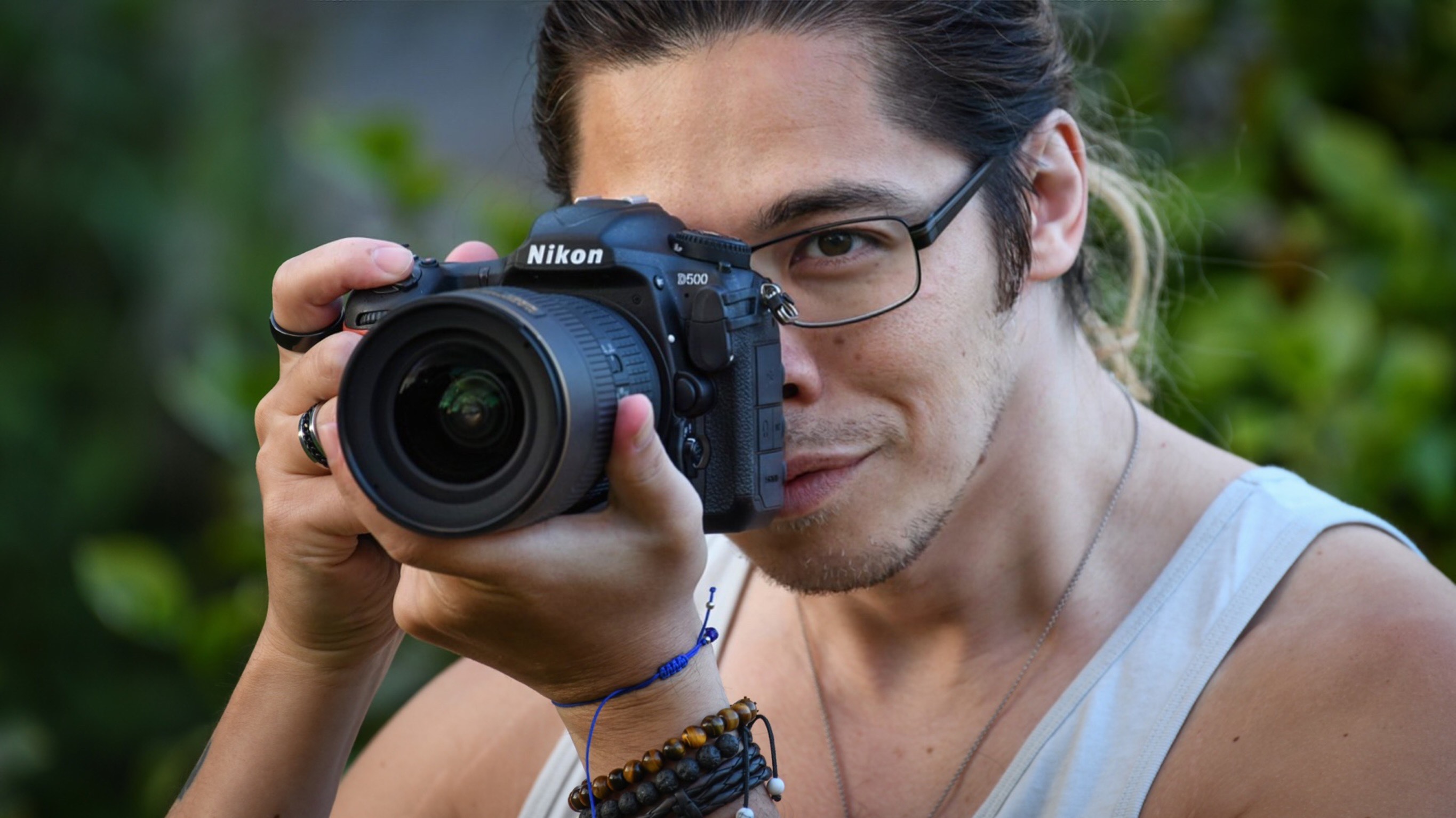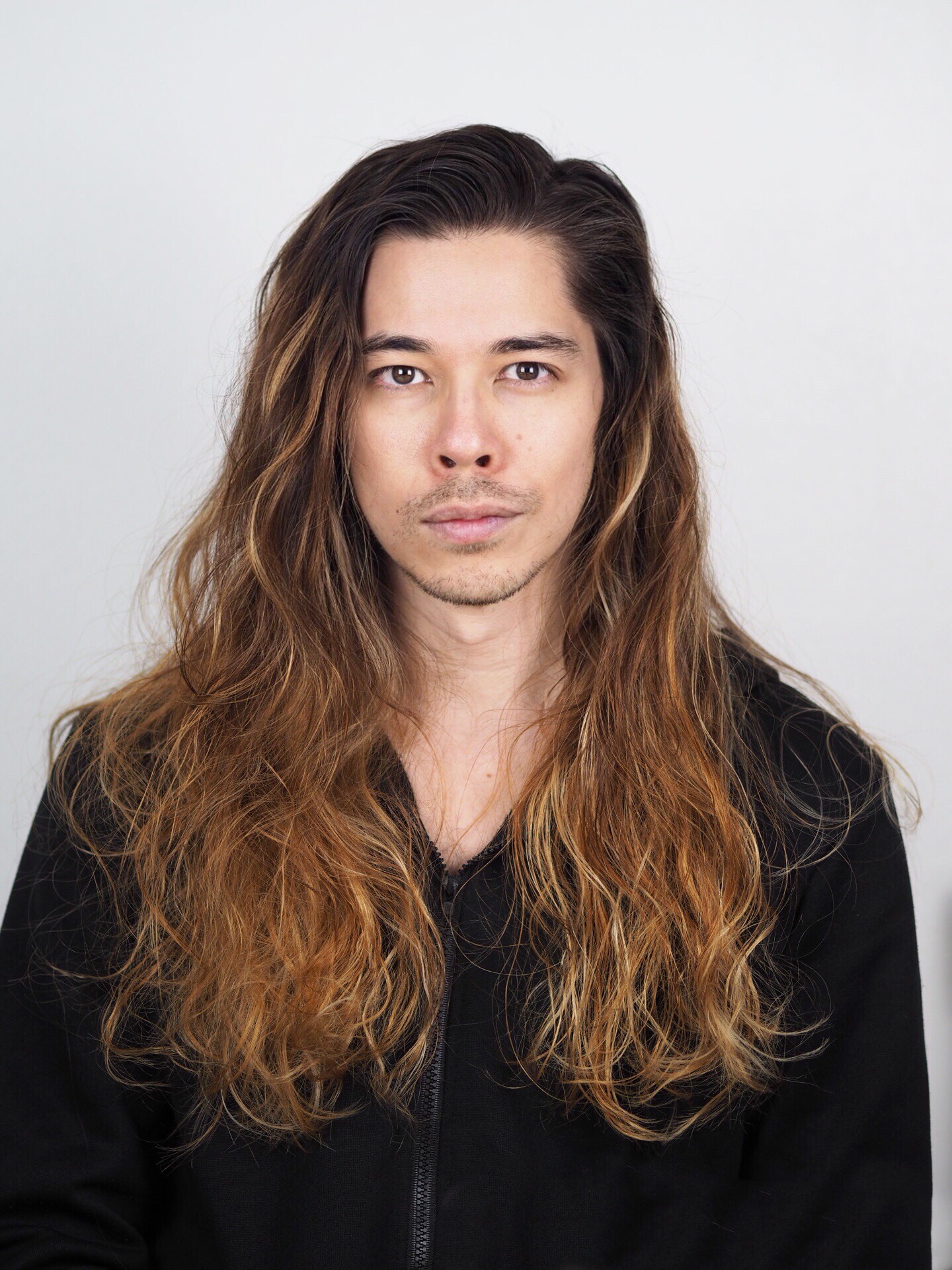Live Science Verdict
The Nikon D500 is in many ways an APS-C D850: a rapid-fire, pro-caliber imaging machine that extends the focal length of your lenses
Pros
- +
10fps burst shooting
- +
Dual memory cards
- +
Weather sealed
Cons
- -
Tilt-only rear screen
- -
4K suffers large crop
- -
Contrast AF in live view
Why you can trust Live Science
Type: DSLR
Sensor: 20.9MP APS-C
Lens mount: Nikon F
ISO range: 100-51,200 (exp 50-1,640,000)
Viewfinder: Optical, 1x mag, 100% coverage
Video capability: 4K 30p / 1080p 60p
Weight: 1.68lbs
Size: 5.79 x 4.53 x 3.19 inches
Memory card type: 1x SD, 1x XQD / CFexpress B
It’s rare that an APS-C system packs comparable power to a full-frame flagship, but that’s the case with the Nikon D500. This crop sensor camera (referred to as "DX format" in Nikon nomenclature, rather than "FX format" for full frame) is perhaps the best bang-for-buck body that Nikon has ever released when it comes to DSLRs.
Boasting speed, image quality and build quality only a notch below its professional-grade siblings, the D500 is a force to be reckoned with. And thanks to the 1.5x crop factor of its smaller sensor, it extends the effective focal length of your lenses – making it one of the best wildlife photography cameras.
Its 20.9MP image sensor is highly capable, boasting a maximum ISO of 1.64 million – meaning that performance is maintained even in challenging low light conditions. With its 10fps continuous shooting speed the D500 can keep up with the action whether it’s fast-moving sports or frantically moving animals, and it back up those bursts to dual memory card slots to ensure that your images are safe.
Add in a ferocious autofocus system and weather sealing to protect it from the elements, and the Nikon D500 is a camera that always holds up and never lets you down – no matter what or where you’re shooting.
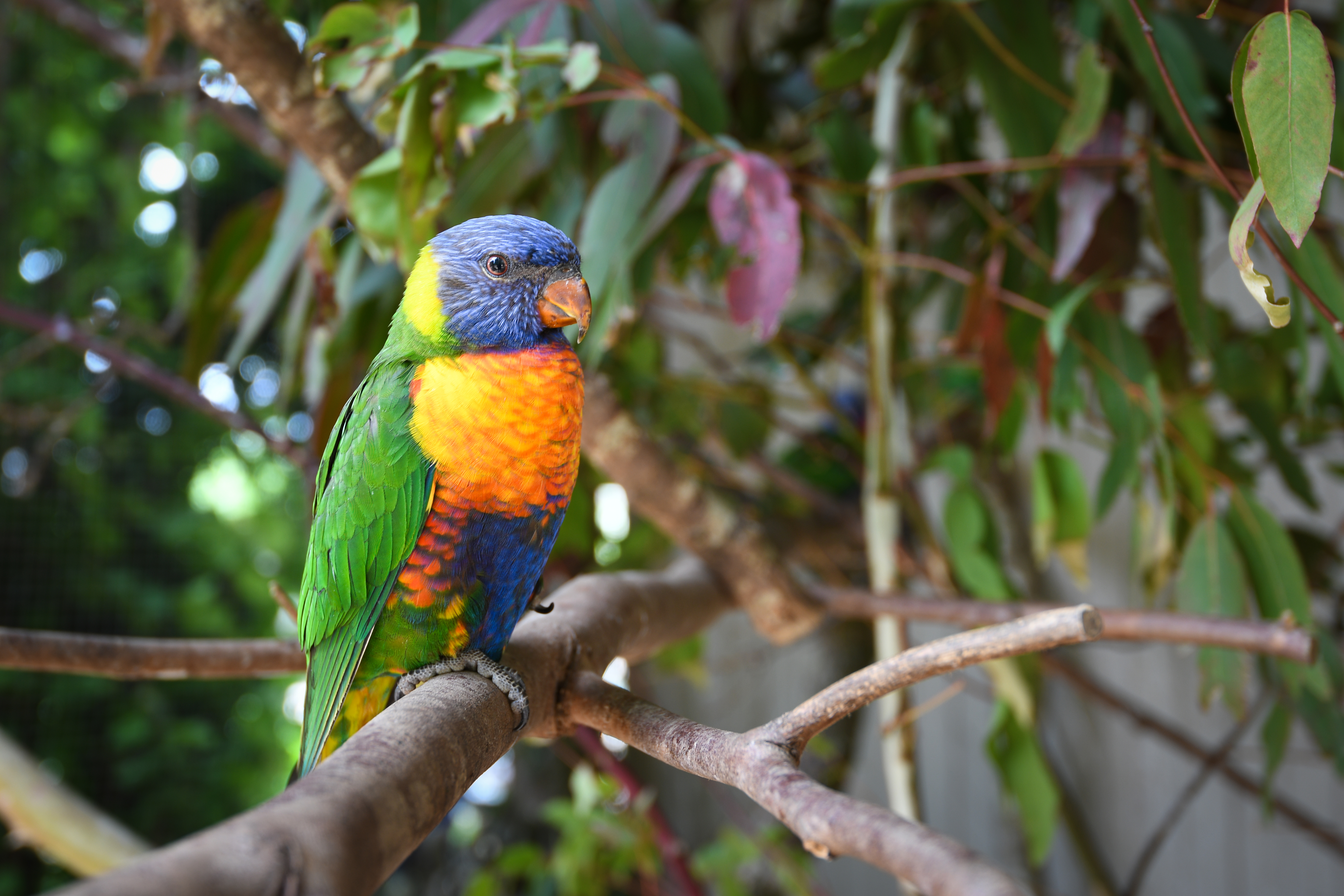
Nikon D500 review: Design
- Weather sealing
- Illuminated buttons
- Tilting touchscreen
The D500 isn't quite as rugged as the full frame Nikon D850, but it's pretty close. The metal chassis is robust enough to take the kinds of knocks and scrapes it might sustain in the field, and the weather sealing will keep it safe from the elements. Indeed, speaking to both its semi-pro status as well as Nikon's commitment to sealing, the camera ditches a pop-up flash in favor of more thorough protection.
To keep you shooting when the light disappears, not only does the D500 boast an impressive ISO sensitivity, key buttons on the body illuminate so you can still see them in the dark – and the top LCD panel also lights up, so you can keep an eye on your settings.
Taking a cue from professional cameras, there is a joystick to enable you to quickly shift your focus point while shooting. And although we'd prefer a fully articulating screen, the rear LCD at least tilts (helpful for shooting from low angles, as well as for shooting video) and it also offers touch control.
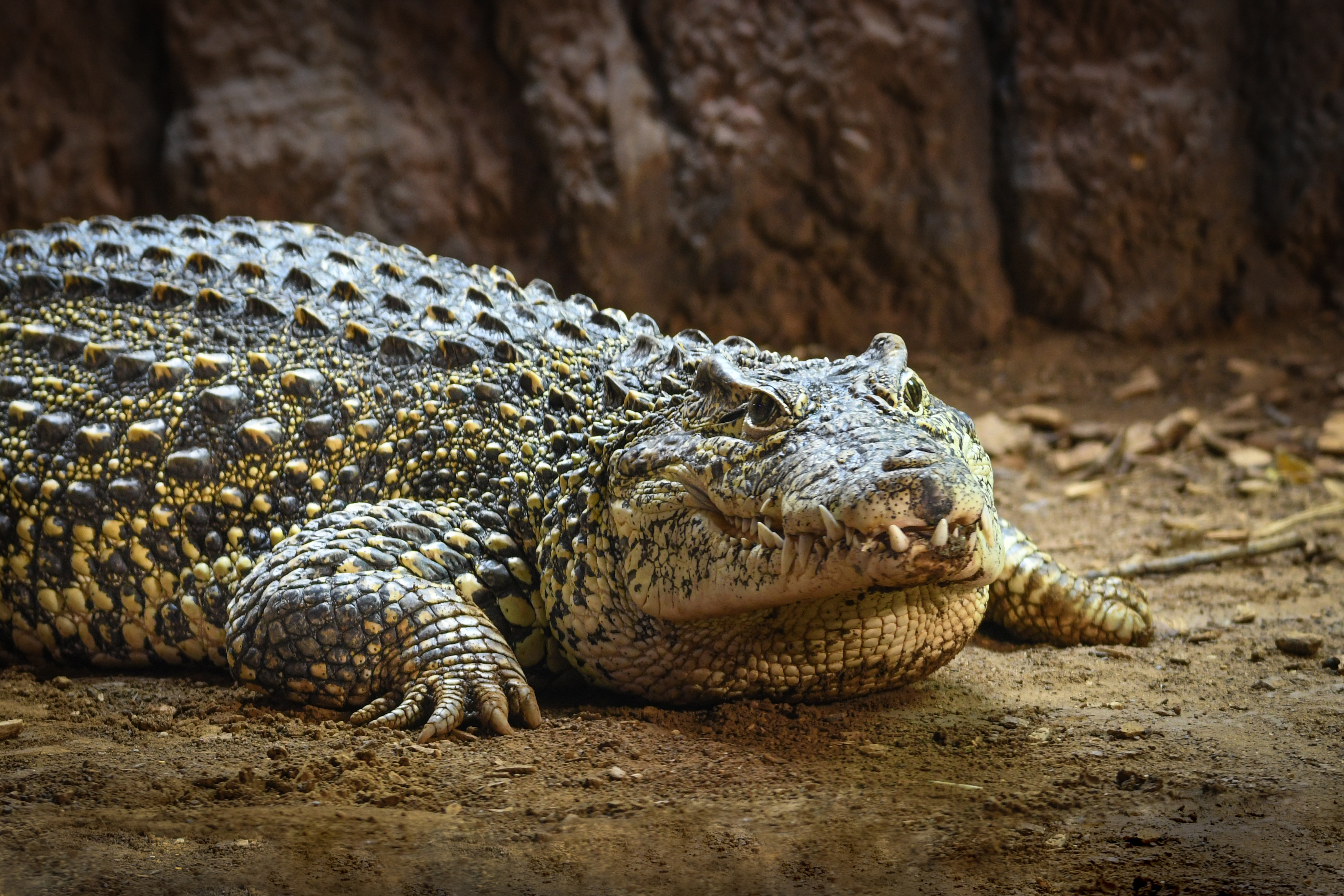
Nikon D500 review: Functionality
- 10fps burst shooting
- Up to 4K 30p video
- Dual memory cards
Kit lens: Nikkor 16-80mm f/2.8-4E ED VR
Best wide lens: Tamron 10-24mm f/3.5-4.5 Di II VC HLD
Best zoom lens: Nikkor AF-P 70-300mm f/4.5-5.6E ED VR
Spare battery type: Nikon EN-EL15
As impressive as the Nikon D500's ability to reel off continuous bursts of 10 frames per second, even more impressive is its buffer capacity. The camera can capture up to 200 14-bit uncompressed RAW files – more than enough to ensure that you don't miss a split second of action.
On top of the 20.9MP stills (which pack slightly more resolution than those of the Nikon D6, which was the Big N's flagship professional camera until the launch of the Nikon Z9), the D500 can capture crisp 4K video up to 30p with a healthy 144Mbps bitrate – though bear in mind that this invokes a serious crop (more on that below).
To maximize both the blazing burst speeds and the 4K bitrate, the camera supports both standard SD cards as well as the lightning-fast XQD and CFexpress Type B format. (The former is overpriced and a little outdated now, so make sure to opt for the now-standard CFexpress format.) This means that you can take your existing SD cards and get shooting right away, without having to invest in the new memory standard right off the bat.
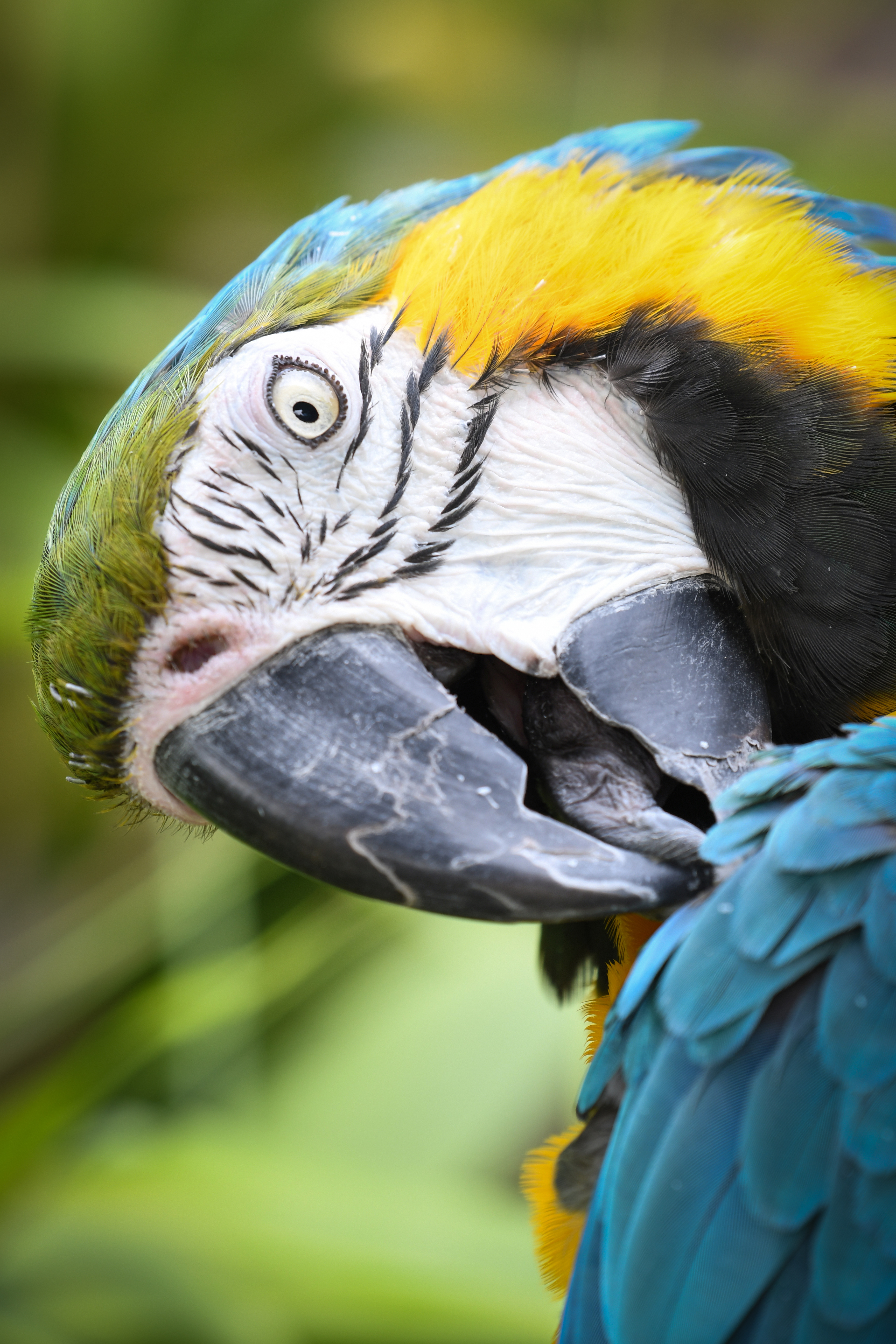
Nikon D500 review: Performance
- Brilliant burst speed
- Fierce autofocus
- Battery power for days
The D500 is an absolute workhorse. If you're photographing animals or action, kick the settings into high speed shooting mode and the camera will machine-gun frames at a furious pace. And it's all powered by a brilliantly robust autofocus system, which keeps track of your subjects even in dense foliage that confuse other cameras.
The image files are pristine and packed with detail, despite the relatively low resolution. And the 1.5x crop factor enables you to squeeze even more reach out of your lenses; it turned our 200-500mm zoom into a 300-750mm, meaning that we could fill the frame without having to crop into our precious pixels.
Sadly the performance doesn't quite carry over to video. In addition to the 1.5x crop factor invoked by the APS-C sensor size, an additional crop is applied when shooting in 4K – this results in a 2.25x crop that makes it very difficult to shoot anything with a wide angle (our 16-35mm, for example, became a 36-79mm in 4K).
Additionally, shooting in video means losing the brilliant autofocus, since live view mode is relegated to contrast-detect AF – which results in a lot of hunting and pulsing in your shots.
This means that the D500 isn't the best solution if you shoot video. However, for stills, it's an absolute beast – especially if you need more reach without having to buy new glass.

Should you buy the Nikon D500?
Whether you're looking for an affordable alternative to a full frame DSLR, or you want to exploit the focal length advantages of the crop sensor format, the Nikon D500 delivers absolutely stunning results.
While it wouldn't be our go-to camera for shooting video, in terms of stills we simply can't fault it. Burst shooting that's as quick as a hiccup, autofocus that's every bit as nimble, image quality that's worthy of wall prints and publications, and battery life that will last you hours upon hours in the field… it's everything you could ask for.
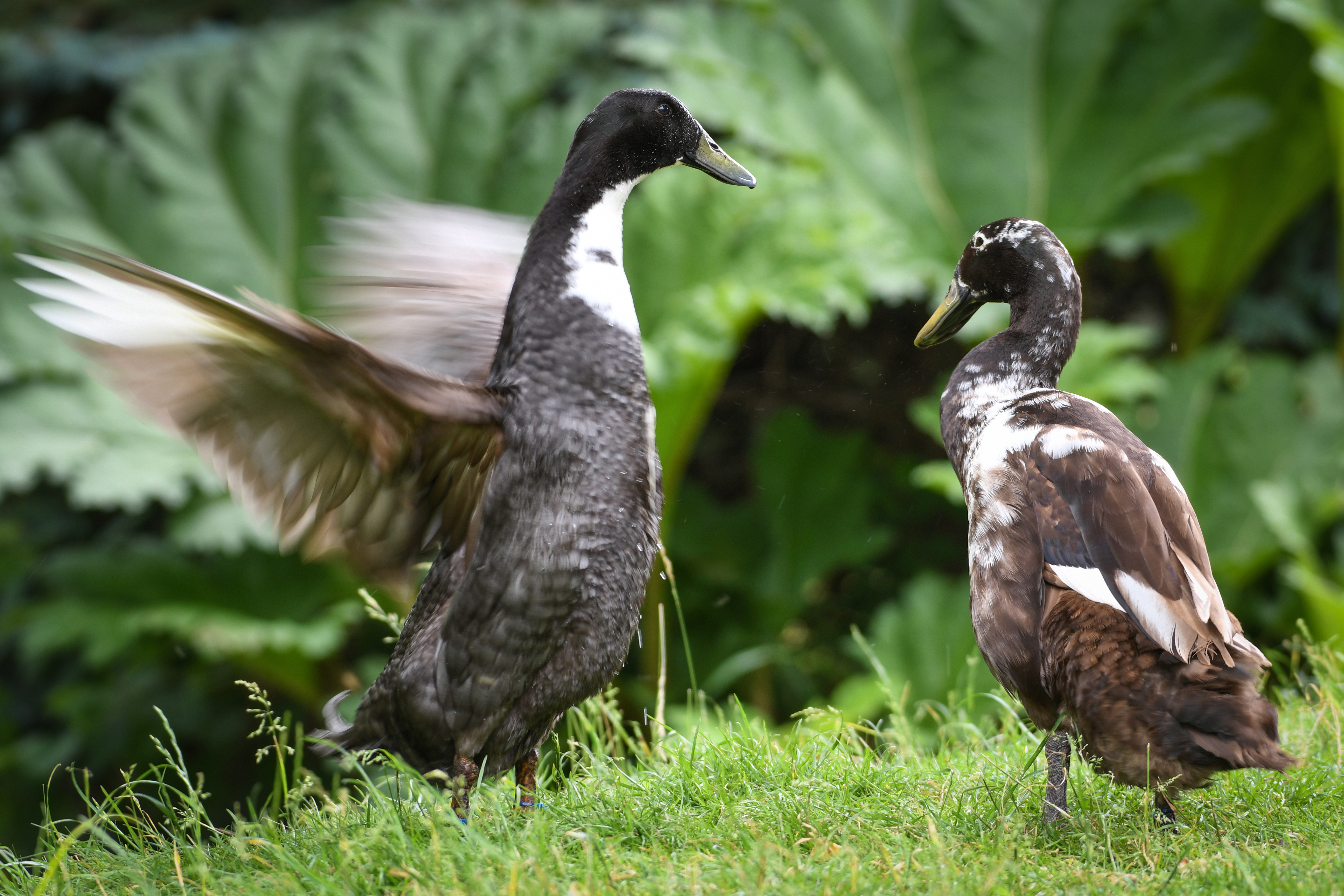
If this product isn’t for you
For beginners, families and anyone who wants to take great photos with minimal fiddling or knowledge, we suggest the Nikon Coolpix P1000. The image quality is a few notches below the D500, but it has an unprecedented range of 24-3000mm – it's virtually every camera lens you'll ever need, all in one.
If you're looking for a full frame camera, the Nikon D850 boasts virtually all the strengths of the D500 but with a larger, 45.7MP sensor, and superior ISO performance and weather sealing (though the D500 actually beats it in terms of continuous burst speed).
Fancy going mirrorless? If you're not wedded to the Nikon ecosystem, we recommend the mighty Canon EOS R5. It's a much pricier option, but it boasts the best animal AF system we've ever used, captures gorgeous 45MP images, shoots stunning 8K video (and enables you to extract 35MP stills from the footage) and also offers completely silent shooting, so as to not startle your subjects.
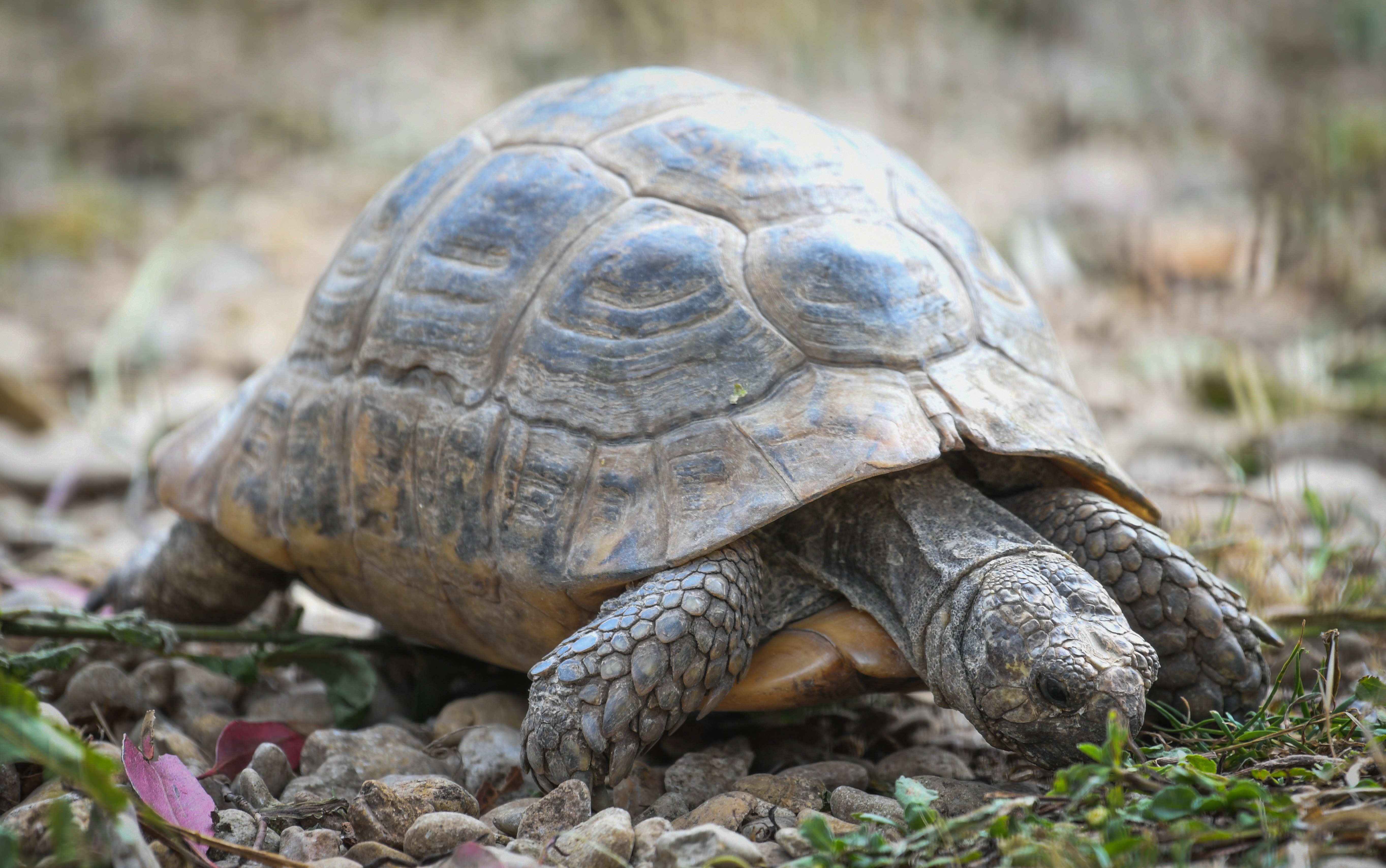
The editor of Digital Camera World, James has 21 years experience as a magazine and web journalist. He has worked professionally in the photographic industry since 2014, when he started as an assistant to Damian McGillicuddy (who succeeded David Bailey as Principal Photographer for Olympus). In this time he shot for clients as diverse as Aston Martin Racing, Elinchrom and L'Oréal, in addition to shooting campaigns and product testing for Olympus, and providing training for professionals. This has led him to being a go-to expert on cameras and lenses, photographic and lighting tutorials, as well as industry analysis, news and rumors for publications such as Digital Camera Magazine, PhotoPlus: The Canon Magazine, N-Photo: The Nikon Magazine, Digital Photographer and Professional Imagemaker, as well as hosting workshops and demonstrations at The Photography Show. An Olympus (Micro Four Thirds) and Canon (full frame) shooter, he has a wealth of knowledge on cameras of all makes – and a particular fondness for vintage lenses and film cameras.
